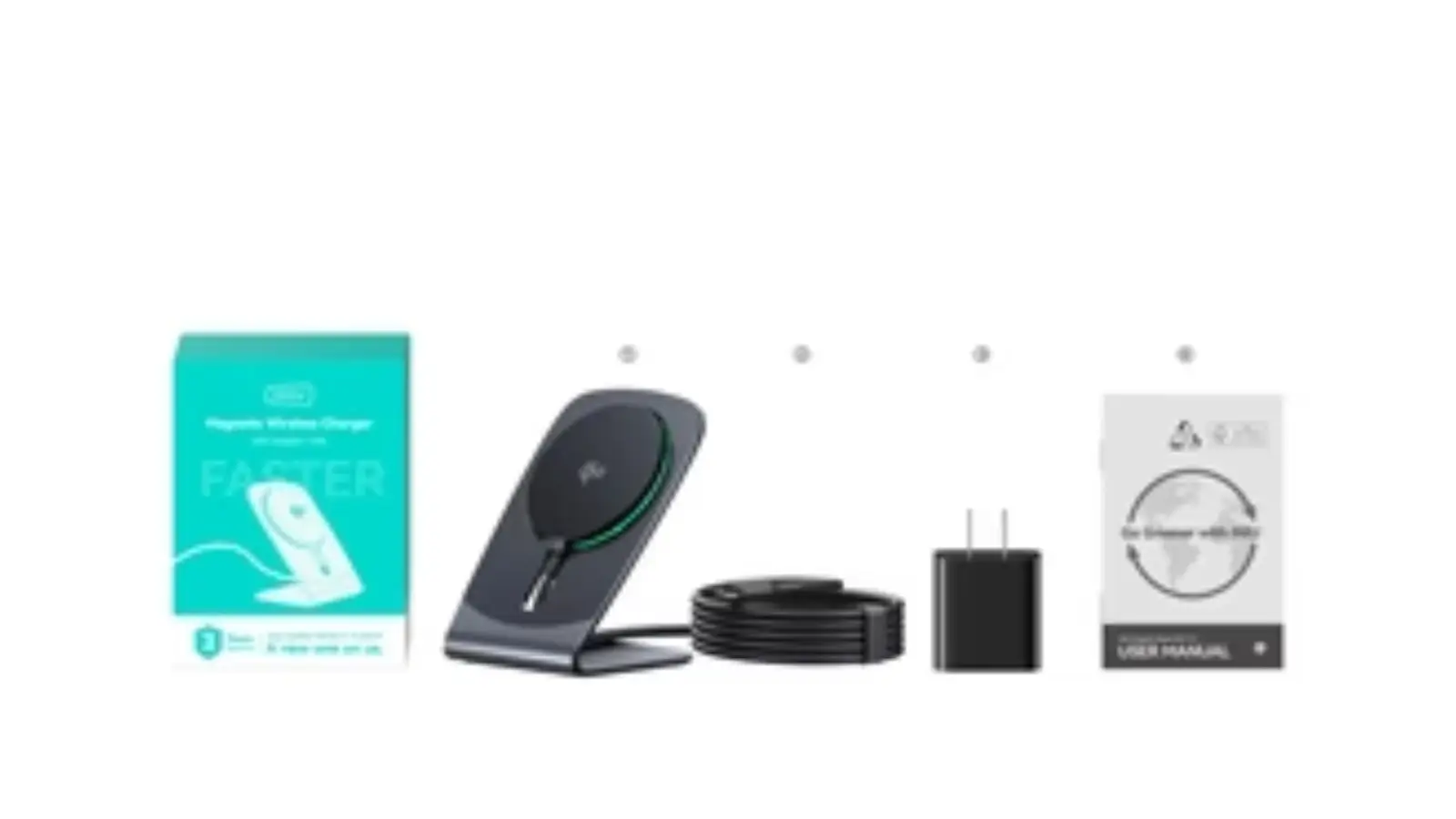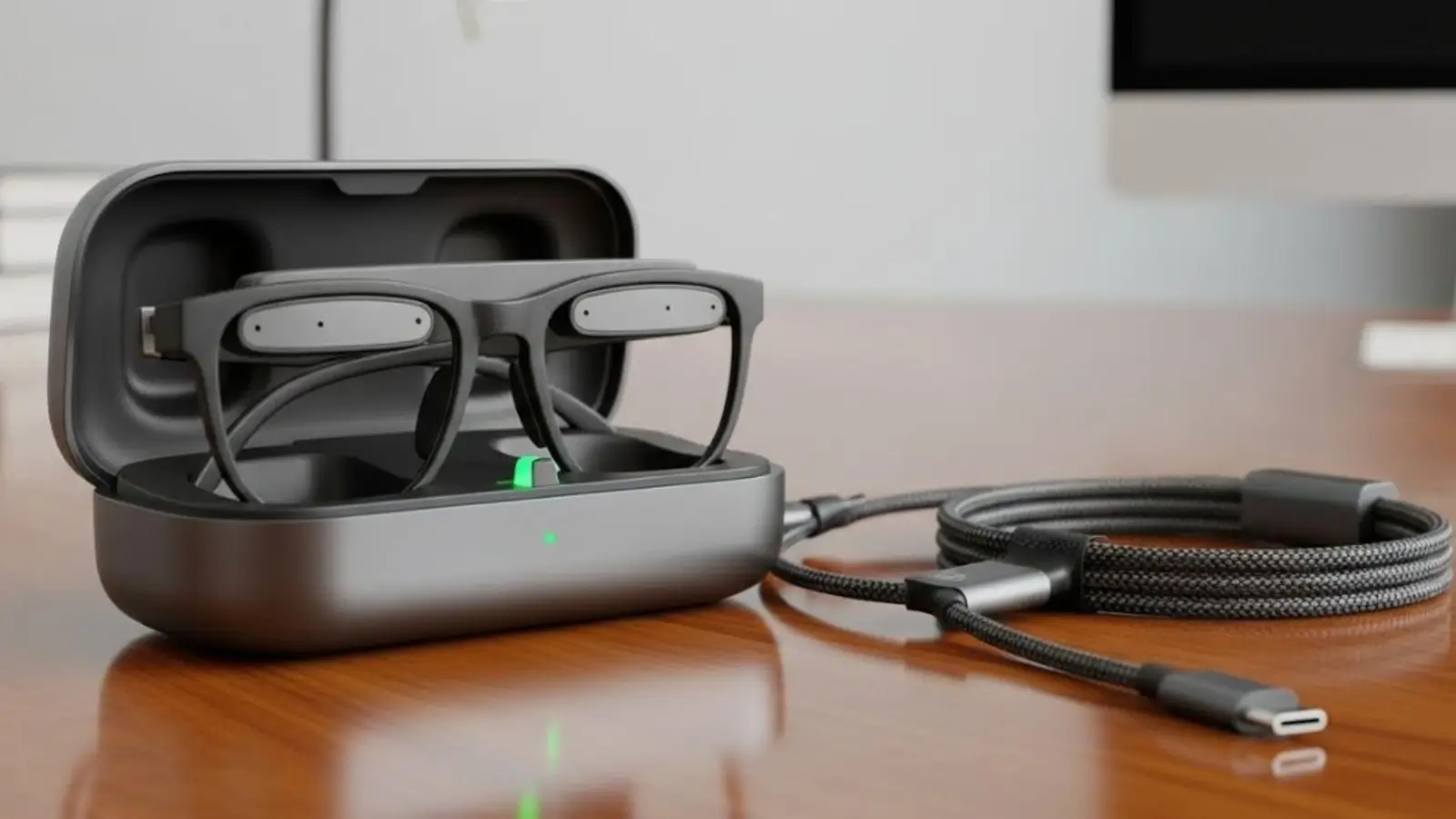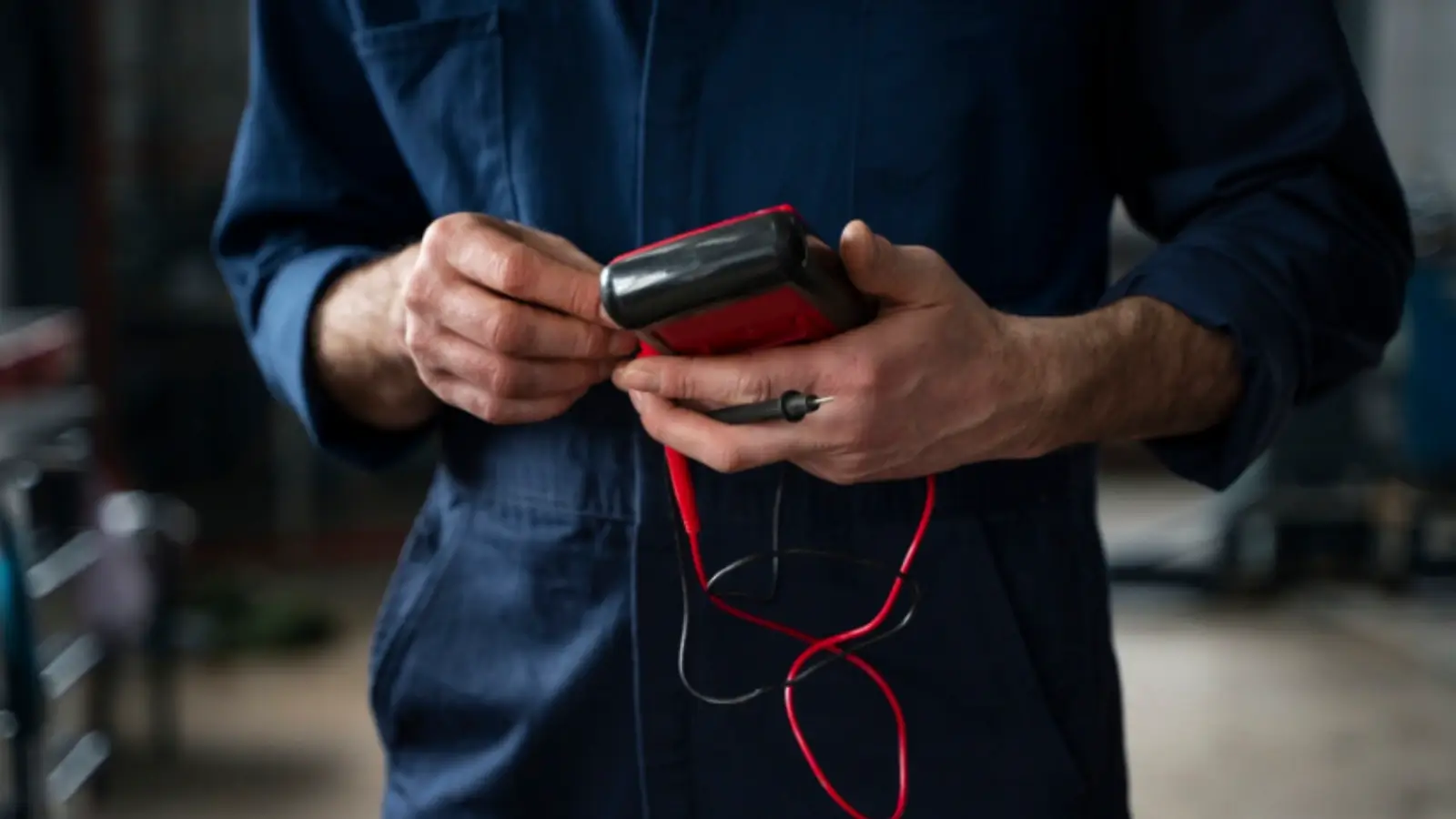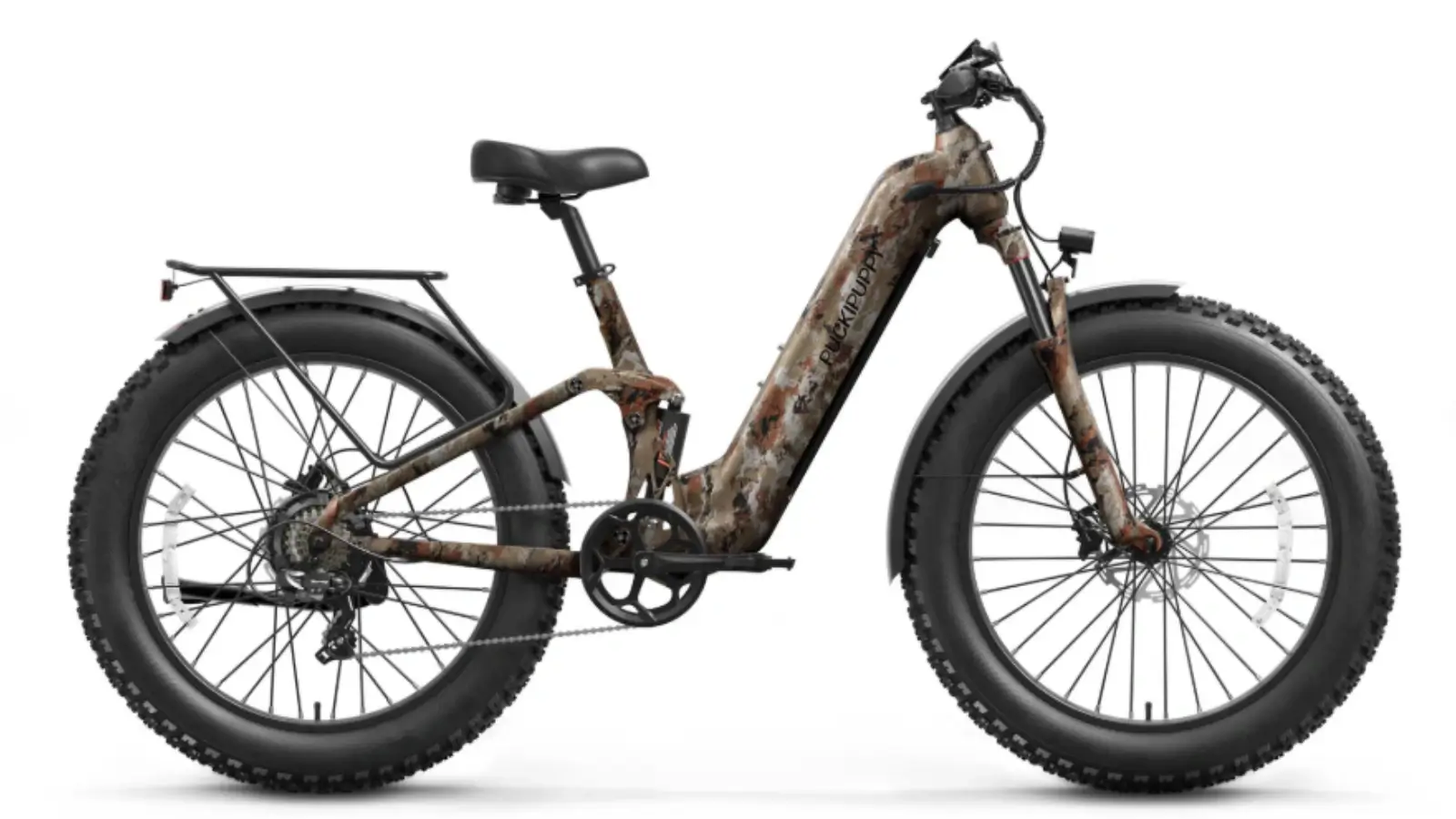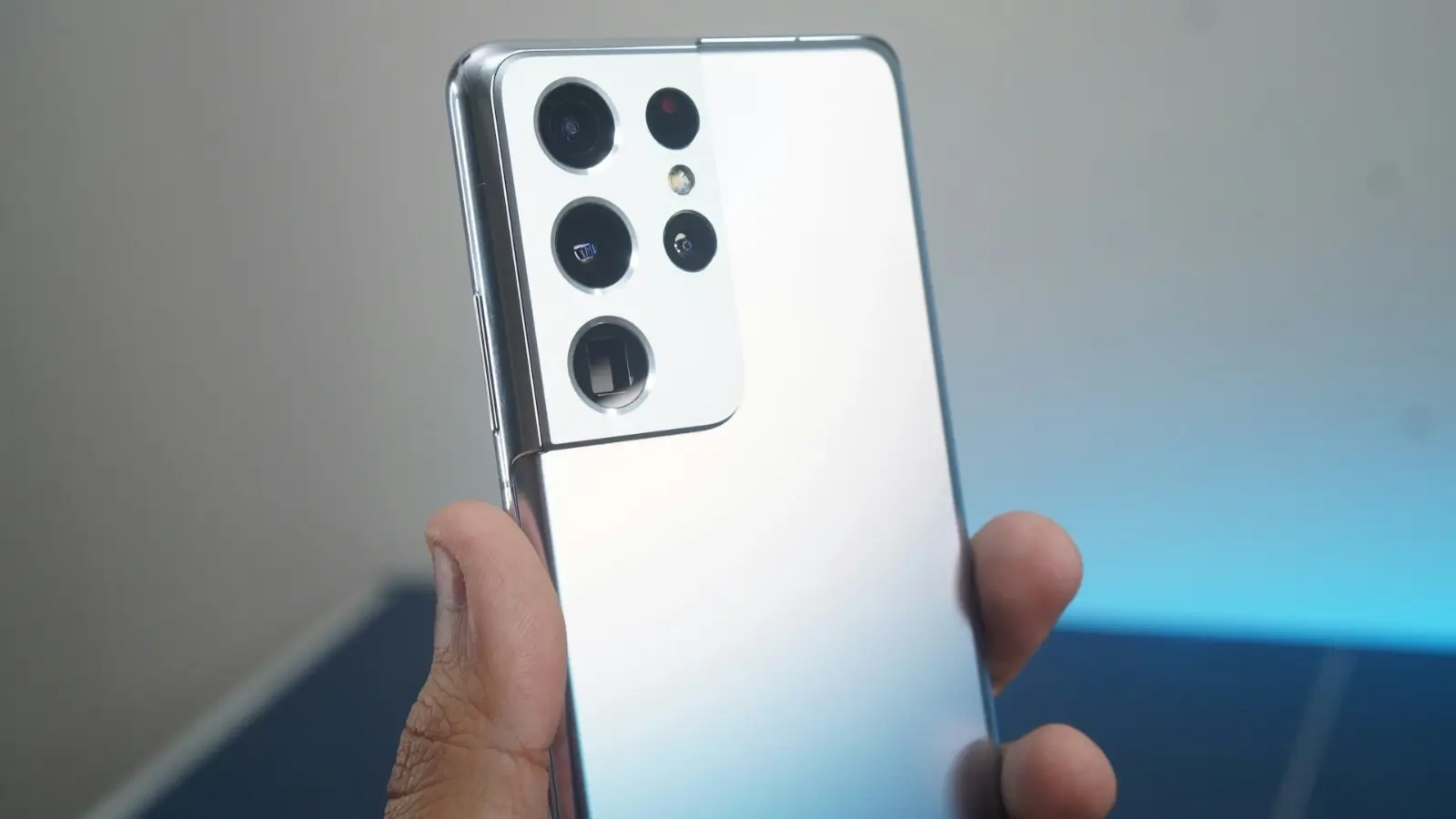Choosing the right ID card printer is crucial for organizations that rely on secure identification processes. With a multitude of options available, understanding the key features is essential to ensure a wise investment.
One critical aspect that often takes center stage is print quality, but it's far from the only consideration. What should you look for to guarantee that your ID card printer meets your specific needs? Keep on reading to learn more.
Print Quality Matters
Good print quality makes ID cards look clear and last longer. It helps pictures and words come out sharp and easy to read. If the card looks bad, people may not trust it or use it.
A good printer should have at least 300 dpi (dots per inch). This makes sure the print looks smooth, not blurry. High dpi means better detail on the card.
Some printers use special ways to print, like dye-sublimation or thermal transfer. These methods help the colors look brighter and the card last longer. Cards made this way feel smooth and look more professional.
Many printers also let you change the colors. You can adjust how light or dark the print is. This helps match the colors to your company's brand, so all the cards look the same.
Speed and Efficiency
How fast a printer works is very important, especially when printing many cards. If it takes too long, work slows down. A printer should be fast and still make clear, good-looking cards.
Most good printers can make about 150 to 250 cards in one hour. That helps if you need a lot of cards done quickly. Some printers can also print both sides of the card at the same time, which saves even more time.
But speed is not the only thing that matters. The printer should work well without many problems. It should not jam often or stop for no reason.
Good printers are easy to load with cards and ribbons. They don't need a lot of fixing or changes during use. This helps people work faster and with fewer stops.
Security Features
ID cards often show private or important information. Because of this, it's very important to keep them safe. A printer should have ways to stop people from copying or faking the cards.
Some printers can add special layers to the card, like a shiny hologram or invisible UV ink.
These are hard to copy and make the card more secure. Others can put in tiny chips that hold extra data that only certain machines can read.
Some printers also keep the information safe while printing. They use something called encryption, which hides the data. If someone steals the printer, they won't be able to see what was printed.
It's smart to pick a printer that offers strong safety tools. This helps protect people's information and keeps your system safe from misuse.
Ease of Use
User-friendliness can greatly affect productivity. Look for ID card printers that are designed with intuitive interfaces and simplified workflows. Models with touchscreen displays and straightforward menu navigation can save time and reduce the learning curve for new users.
Integrating software solutions that facilitate easy management of ID card design can also add to user convenience. Some printers come bundled with design software that allows users to create and modify templates easily. Check for compatibility with existing systems to ensure seamless integration.
Cost of Ownership
While the initial purchase price is an important factor, also take into account the total cost of ownership. This includes consumables like ink and ribbons, as well as maintenance costs. Some printers may have lower upfront costs but require more frequent consumable replacements, making them more expensive in the long run. For businesses looking to save on replacement costs, SellToner offers an easy solution to buy and sell surplus ink and toner cartridges, helping offices cut ongoing printing expenses while minimizing waste.
Make sure to factor in warranties and support services offered by manufacturers as these can affect overall expenses. Reading reviews and seeking recommendations can help gauge the reliability and total cost over time.
Connectivity Options
In today's interconnected world, having multiple connectivity options is highly advantageous. Whether your ID card printer connects via USB, Ethernet, or even wirelessly, ensure it supports the connectivity options that fit your organization's setup. This flexibility ensures easier integration with other systems and devices.
Wi-Fi connectivity offers further convenience, especially in larger office environments. The ability to remotely send print jobs allows for greater efficiency and multitasking across various departments.
Support and Maintenance
When picking an ID card printer, it's smart to choose one that is easy to take care of. A good printer should not be hard to fix or clean. It should last a long time and keep working well.
Some printers break or stop working right, and when that happens, help should be easy to get. The company should give fast support by phone, email, or chat. They should also have guides, videos, or a list of common problems online.
Cleaning the printer and updating the software should be simple too. Some printers come with tools or reminders to help you keep things running right. If it's easy to clean and care for, the printer will make better cards for a longer time.
Consider Your Production Needs
Understanding your organization's specific production needs will guide your printer selection. Evaluate how many badges you expect to print per month and whether you require single or dual-sided printing options. For most organizations, a model that offers both options will be the most versatile.
Your estimated workload can also determine whether you need a printer built for high-volume printing or a more compact model that fits lower volume needs. By assessing these aspects, you can narrow down your choices and find a printer that aligns with your demands.
Final Considerations Before Purchase
Before making a final decision, take the time to read reviews and compare various models. Look into how others have rated aspects like print quality, ease of use, and customer support. Consider visiting trade shows or demos for first-hand experiences with different printers.
By taking all these features into account, you can select a card printer that not only meets your technical needs but also aligns with your business objectives. Ultimately, investing in a quality ID card printer will enhance your organization's security, professionalism, and overall efficiency.
For more related topics, check out the rest of our blog!










